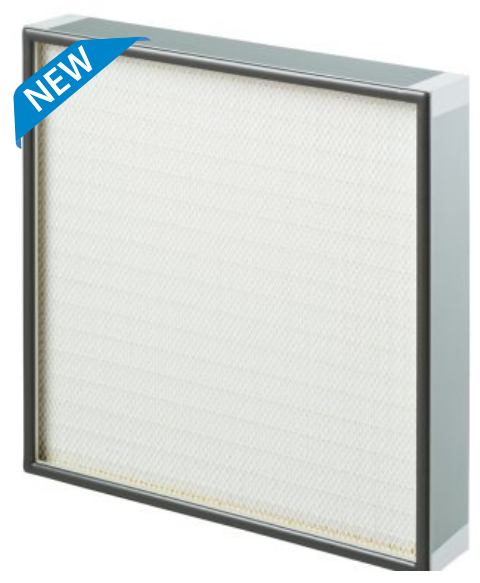HEPA HLA ES (Energy Saving) filters are a premium, energy-efficient solution for installations requiring the highest air cleanliness standards, such as cleanrooms and hospitals. These HEPA HLA ES filters are designed to reduce energy consumption thanks to a reduced pressure drop. Moreover, they are highly reliable, as they undergo strict quality controls and thorough testing.
Why choose the HEPA HLA ES filter?
- High filtration efficiency: Available in H14 filter class according to the EN1822 standard to ensure a clean environment in healthcare facilities.
- Energy efficiency: Its innovative design minimizes pressure drop, a key factor in energy consumption. This helps lower energy expenses in cleanrooms amid rising electricity prices.
- Sustainable and eco-friendly solutions: Made with environmentally friendly materials (Free of bisphenol-A, phthalates & formaldehyde)
